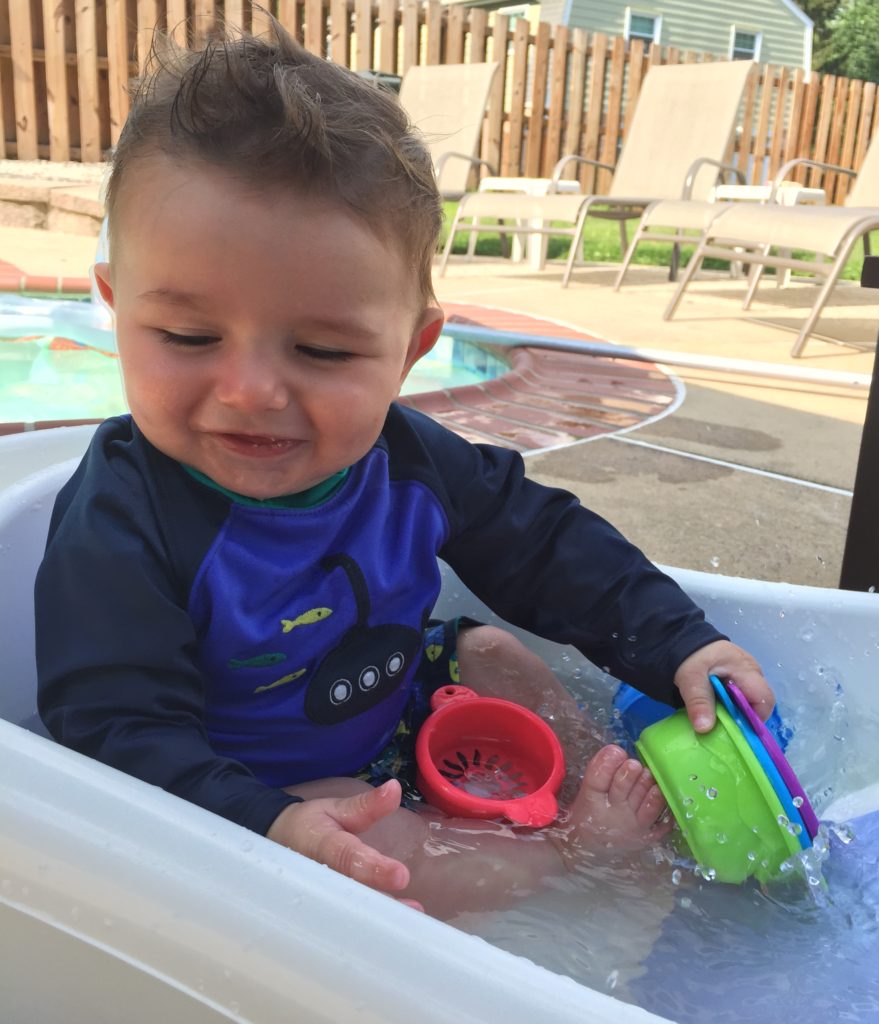
Responsive caregiving is a term that simply refers to parents and caregivers supporting the learning of babies by sitting close to babies during play and offering verbal and non-verbal gestures to communicate support and assurance as the baby explores and plays. Simply by providing age appropriate, safe toys, and smiling, nodding and encouraging, babies get the message from caregivers that their actions are recognized and approved as they play and explore.
As babies participate in every-day sensory experiences by observing, mouthing objects, handling objects, and visually inspecting objects, an attentive caregiver reinforces this all day long. When a caring parent is near, language can be added to play and exploration to add another dimension and opportunity for learning. Simply by narrating what your baby is doing while playing and exploring, you are building on the skills she is learning. By offering subtle, non-verbal communication on your baby’s level, you are teaching her about communication, interactions, and reinforcing her actions, building her self-esteem and confidence.
During your baby’s first three years, her brain is more flexible than any other time in her life and the experiences you provide will have a greater impact on her new learning. This flexible brain loves novelty. Anything that is new is very interesting and will hold her interest. Plan ahead so you can provide her with new experiences to keep these brain connections growing. Keep introducing new and novel open-ended materials during play.
According to Jean Piaget, babies are in the sensorimotor period of development up until age two. During this period, they learn with their mouths, eyes, ears, and hands and they use sensorimotor skills to begin to solve problems and understand properties about the world. This theory has been proven over and over again and by simply demonstrating responsive care giving, we can capitalize on these early exploration skills.
As a responsive caregiver you can also model higher-level play. If a child is playing with cups in water he may fill one cup, then dump it out, but if you model filling a cup and dumping it into another cup, you have just opened a whole world of possibilities of play and exploration. He will observe your actions and mimic what you did and together you will build on his skills and new-learning. By this one simple act, you have added spatial awareness, fine motor control, and cause and effect to his play. When he pours the water into a second cup and you smile and nod, you have added reassurance, approval and boosted his self-esteem.
References:
Barbre. J. (2017). Baby Steps to STEM Infant and Toddler: Science, Technology, Engineering, and Math Activities. Redleaf Press.

